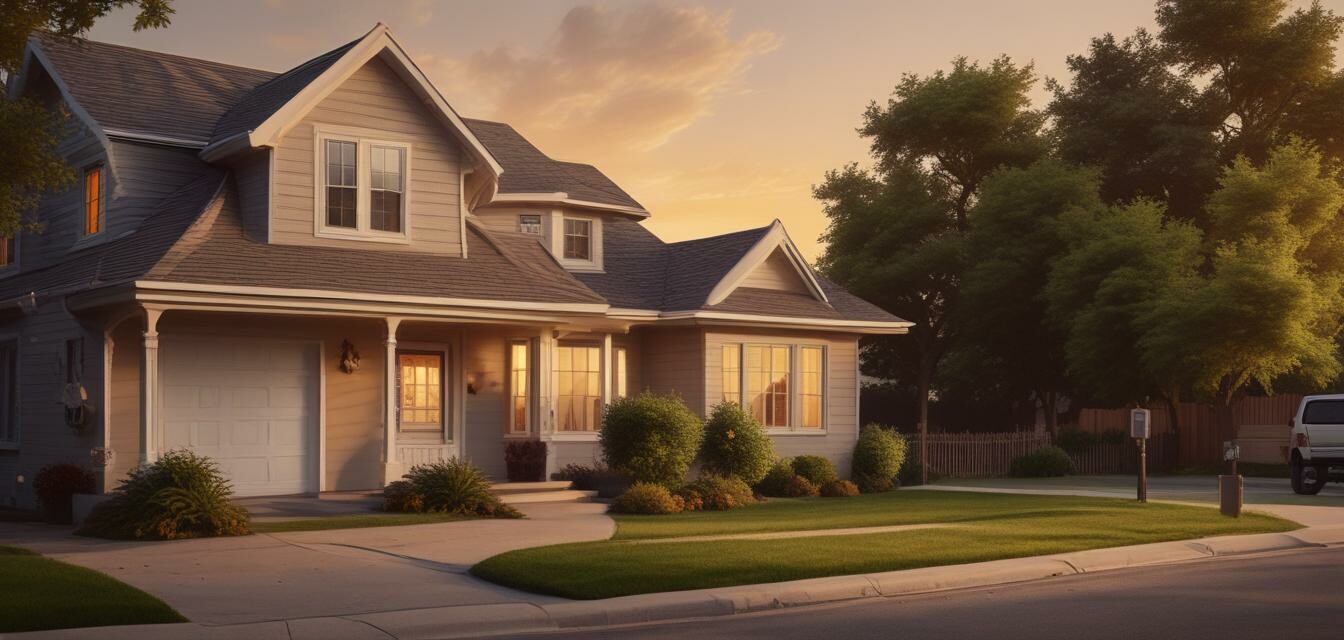
Best Practices for Using Security Cameras Effectively
Key Takeaways
- Choose the right type of camera for your needs.
- Position cameras strategically for optimal coverage.
- Regularly maintain and check your camera system.
- Make use of additional features like motion detection and cloud storage.
- Stay informed about the latest security technology trends.
Ensuring the safety and security of your home involves more than just installing a few cameras. Proper use and understanding of your security camera system can significantly enhance its effectiveness. In this article, we will explore the best practices for utilizing security cameras effectively, helping you achieve better home safety.
Understanding your security camera options
Before diving into the best practices, it is crucial to understand the types of security cameras available. Here’s a breakdown:
| Type of Camera | Description | Best For |
|---|---|---|
| Wired Cameras | Secure connection with less interference. | Long-term installations. |
| Wireless Cameras | Easy to install but may have signal issues. | Flexible setups. |
| Indoor Cameras | Designed for monitoring interiors of homes or businesses. | General indoor security. |
| Outdoor Cameras | Weatherproof and suited for exterior use. | Protecting entry points. |
| PTZ Cameras | Pan-Tilt-Zoom capabilities for wide area surveillance. | Large areas needing mobile surveillance. |
Positioning your cameras effectively
Camera placement plays a key role in capturing the right footage. Here are some tips for optimal positioning:
- Arrange cameras at entry points: Front doors, back doors, and driveways.
- Aim for high vantage points: Higher placements reduce the chance of vandalism.
- Cover blind spots: Ensure all corners of your property are monitored.
- Consider lighting: Locate cameras in visibly lit areas to improve image quality at night.
Regular maintenance is key
Your camera system needs regular checks to ensure it operates effectively:
- Inspect lenses for dirt or obstructions.
- Verify the positioning of each camera periodically.
- Test video quality and other features like motion detection.
- Update firmware regularly to enhance security.
Exploring additional features
Taking advantage of advanced features can make your security system even more effective:
- Motion detection: Set notifications for when motion is detected, allowing for immediate responses.
- Cloud storage: Save footage off-site for better security and access.
- Remote viewing: Check your cameras from anywhere using your smartphone or computer.
- Two-way audio: Communicate with anyone near your camera for added control.
Stay updated on security technology trends
Home security technology evolves rapidly. To optimize safety:
- Follow updates on latest security technology trends.
- Participate in local workshops or online webinars.
- Read articles on effective home safety practices regularly.
Pros
- Deterrent against crime when used properly.
- Provides peace of mind for homeowners.
- Facilitates evidence collection when incidents occur.
- Can integrate with other home security systems.
Cons
- Improperly positioned cameras can miss critical areas.
- Wireless cameras may suffer from connectivity issues.
- Overreliance on technology can lead to complacency.
- Maintenance neglected can lead to equipment failure.
Conclusion
Utilizing security cameras involves ongoing commitment and understanding. With the right practices in place, you can significantly increase your home’s security and gain peace of mind. For more information about enhancing your home security, check our Home safety tips and best practices section.
